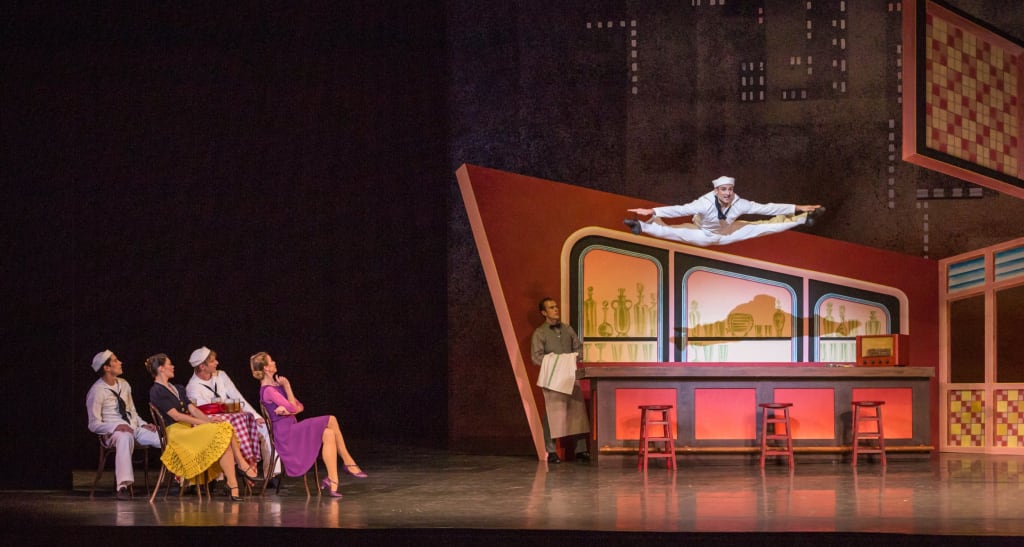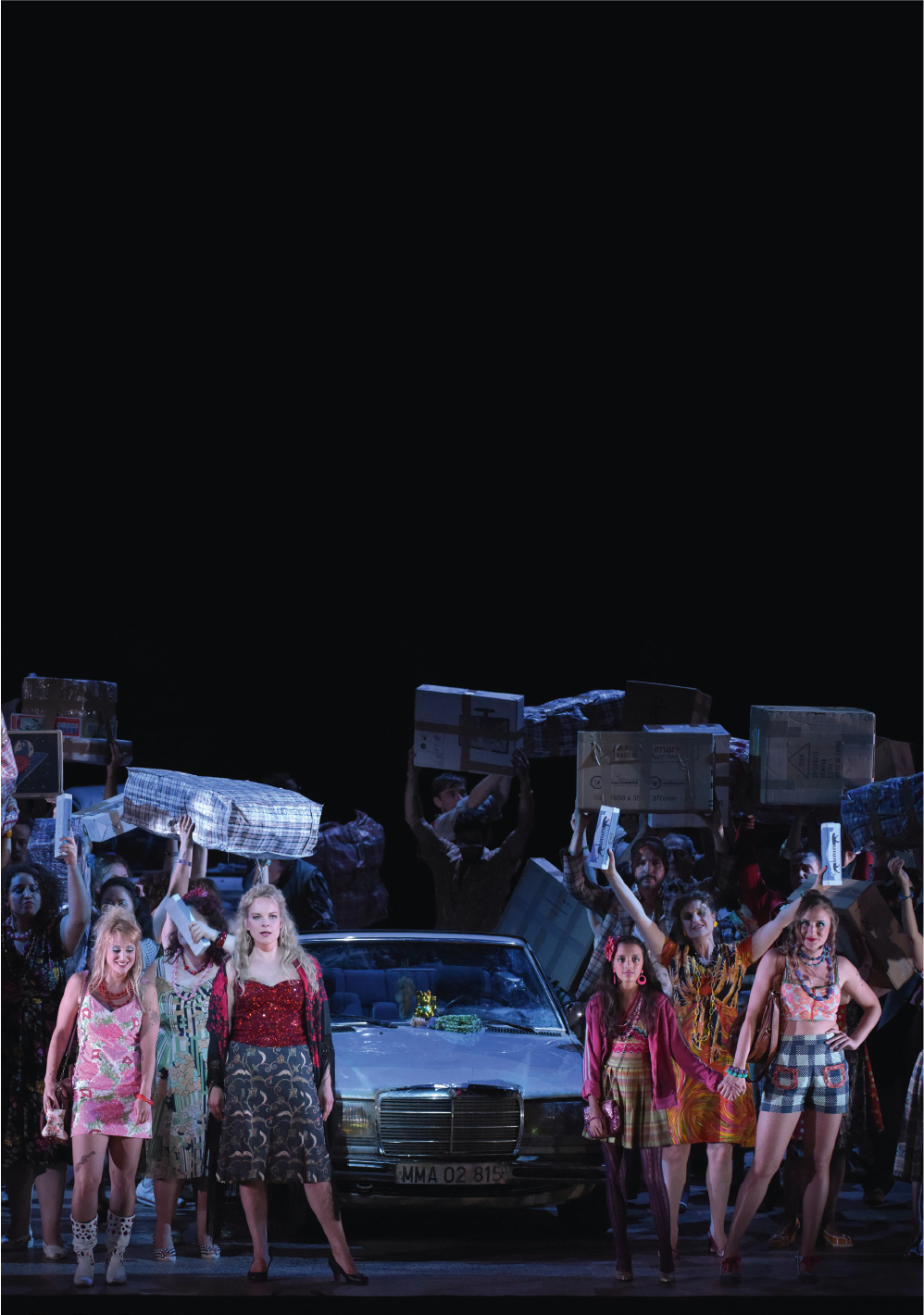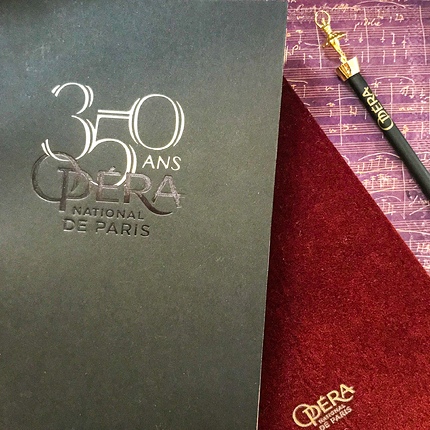Synopsis
Jerome Robbins considered the Paris Opera Ballet as his second home after the New York City Ballet. This production in his honour brings together works displaying the infinite diversity of his sources of inspiration and his genius on stage. Be it in the energy of the large-scale Glass Pieces or the intimate sweetness of Afternoon of a Faun and A Suite of Dances, there emerges that rare capacity to make bodies follow the flow in a living comprehension of music. As the celebrated ballet Fancy Free, a veritable theatrical portrait of an era, enters the repertoire, Robbins reveals another facet of his talent.
Duration : 2h10 no interval
-
Opening
-
First part 40 min
-
Intermission 20 min
-
Second part 70 min
-
End
Artists
Creative team
Cast
- Saturday 27 October 2018 at 19:30
- Monday 29 October 2018 at 19:30
- Tuesday 30 October 2018 at 19:30
- Wednesday 31 October 2018 at 19:30
- Thursday 01 November 2018 at 19:30
- Friday 02 November 2018 at 19:30
- Saturday 03 November 2018 at 19:30
- Tuesday 06 November 2018 at 19:30
- Wednesday 07 November 2018 at 20:00
- Thursday 08 November 2018 at 20:00
- Friday 09 November 2018 at 20:00
- Saturday 10 November 2018 at 20:00
- Sunday 11 November 2018 at 14:30
- Tuesday 13 November 2018 at 19:30
- Wednesday 14 November 2018 at 19:30
Latest update 09 November 2018, cast is likely to change.
Latest update 09 November 2018, cast is likely to change.
Latest update 09 November 2018, cast is likely to change.
Latest update 09 November 2018, cast is likely to change.
Latest update 09 November 2018, cast is likely to change.
Latest update 09 November 2018, cast is likely to change.
Latest update 09 November 2018, cast is likely to change.
Latest update 09 November 2018, cast is likely to change.
Latest update 09 November 2018, cast is likely to change.
Latest update 09 November 2018, cast is likely to change.
Latest update 09 November 2018, cast is likely to change.
Latest update 09 November 2018, cast is likely to change.
Latest update 09 November 2018, cast is likely to change.
Latest update 09 November 2018, cast is likely to change.
Latest update 09 November 2018, cast is likely to change.
Creative team
Cast
- Saturday 27 October 2018 at 19:30
- Monday 29 October 2018 at 19:30
- Tuesday 30 October 2018 at 19:30
- Wednesday 31 October 2018 at 19:30
- Thursday 01 November 2018 at 19:30
- Friday 02 November 2018 at 19:30
- Saturday 03 November 2018 at 19:30
- Tuesday 06 November 2018 at 19:30
- Wednesday 07 November 2018 at 20:00
- Thursday 08 November 2018 at 20:00
- Friday 09 November 2018 at 20:00
- Saturday 10 November 2018 at 20:00
- Sunday 11 November 2018 at 14:30
- Tuesday 13 November 2018 at 19:30
- Wednesday 14 November 2018 at 19:30
Latest update 09 November 2018, cast is likely to change.
Latest update 09 November 2018, cast is likely to change.
Latest update 09 November 2018, cast is likely to change.
Latest update 09 November 2018, cast is likely to change.
Latest update 09 November 2018, cast is likely to change.
Latest update 09 November 2018, cast is likely to change.
Latest update 09 November 2018, cast is likely to change.
Latest update 09 November 2018, cast is likely to change.
Latest update 09 November 2018, cast is likely to change.
Latest update 09 November 2018, cast is likely to change.
Latest update 09 November 2018, cast is likely to change.
Latest update 09 November 2018, cast is likely to change.
Latest update 09 November 2018, cast is likely to change.
Latest update 09 November 2018, cast is likely to change.
Latest update 09 November 2018, cast is likely to change.
Creative team
Cast
- Saturday 27 October 2018 at 19:30
- Monday 29 October 2018 at 19:30
- Tuesday 30 October 2018 at 19:30
- Wednesday 31 October 2018 at 19:30
- Thursday 01 November 2018 at 19:30
- Friday 02 November 2018 at 19:30
- Saturday 03 November 2018 at 19:30
- Tuesday 06 November 2018 at 19:30
- Wednesday 07 November 2018 at 20:00
- Thursday 08 November 2018 at 20:00
- Friday 09 November 2018 at 20:00
- Saturday 10 November 2018 at 20:00
- Sunday 11 November 2018 at 14:30
- Tuesday 13 November 2018 at 19:30
- Wednesday 14 November 2018 at 19:30
Latest update 09 November 2018, cast is likely to change.
Latest update 09 November 2018, cast is likely to change.
Latest update 09 November 2018, cast is likely to change.
Latest update 09 November 2018, cast is likely to change.
Latest update 09 November 2018, cast is likely to change.
Latest update 09 November 2018, cast is likely to change.
Latest update 09 November 2018, cast is likely to change.
Latest update 09 November 2018, cast is likely to change.
Latest update 09 November 2018, cast is likely to change.
Latest update 09 November 2018, cast is likely to change.
Latest update 09 November 2018, cast is likely to change.
Latest update 09 November 2018, cast is likely to change.
Latest update 09 November 2018, cast is likely to change.
Latest update 09 November 2018, cast is likely to change.
Latest update 09 November 2018, cast is likely to change.
Creative team
Cast
- Saturday 27 October 2018 at 19:30
- Monday 29 October 2018 at 19:30
- Tuesday 30 October 2018 at 19:30
- Wednesday 31 October 2018 at 19:30
- Thursday 01 November 2018 at 19:30
- Friday 02 November 2018 at 19:30
- Saturday 03 November 2018 at 19:30
- Tuesday 06 November 2018 at 19:30
- Wednesday 07 November 2018 at 20:00
- Thursday 08 November 2018 at 20:00
- Friday 09 November 2018 at 20:00
- Saturday 10 November 2018 at 20:00
- Sunday 11 November 2018 at 14:30
- Tuesday 13 November 2018 at 19:30
- Wednesday 14 November 2018 at 19:30
Latest update 09 November 2018, cast is likely to change.
Latest update 09 November 2018, cast is likely to change.
Latest update 09 November 2018, cast is likely to change.
Latest update 09 November 2018, cast is likely to change.
Latest update 09 November 2018, cast is likely to change.
Latest update 09 November 2018, cast is likely to change.
Latest update 09 November 2018, cast is likely to change.
Latest update 09 November 2018, cast is likely to change.
Latest update 09 November 2018, cast is likely to change.
Latest update 09 November 2018, cast is likely to change.
Latest update 09 November 2018, cast is likely to change.
Latest update 09 November 2018, cast is likely to change.
Latest update 09 November 2018, cast is likely to change.
Latest update 09 November 2018, cast is likely to change.
Latest update 09 November 2018, cast is likely to change.
Les Étoiles, les Premiers Danseurs et le Corps de Ballet
Paris Opera Orchestra
27, 29, 30 Oct. : Spectacle précédé du Défilé du Ballet
Media
Access and services
Palais Garnier
Place de l'Opéra
75009 Paris
Public transport
Underground Opéra (lignes 3, 7 et 8), Chaussée d’Antin (lignes 7 et 9), Madeleine (lignes 8 et 14), Auber (RER A)
Bus 20, 21, 27, 29, 32, 45, 52, 66, 68, 95, N15, N16
Calculate my routeAt the Palais Garnier, buy €10 tickets for seats in the 6th category (very limited visibility, two tickets maximum per person) on the day of the performance at the Box offices.
In both our venues, discounted tickets are sold at the box offices from 30 minutes before the show:
- €25 tickets for under-28s, unemployed people (with documentary proof less than 3 months old) and senior citizens over 65 with non-taxable income (proof of tax exemption for the current year required)
- €40 tickets for senior citizens over 65
Get samples of the operas and ballets at the Paris Opera gift shops: programmes, books, recordings, and also stationery, jewellery, shirts, homeware and honey from Paris Opera.
Palais Garnier
- Every day from 10:30 a.m. to 6 p.m. and until performances end
- Get in from Place de l’Opéra or from within the theatre’s public areas
- For more information: +33 1 53 43 03 97
Online
Palais Garnier
Place de l'Opéra
75009 Paris
Public transport
Underground Opéra (lignes 3, 7 et 8), Chaussée d’Antin (lignes 7 et 9), Madeleine (lignes 8 et 14), Auber (RER A)
Bus 20, 21, 27, 29, 32, 45, 52, 66, 68, 95, N15, N16
Calculate my routeAt the Palais Garnier, buy €10 tickets for seats in the 6th category (very limited visibility, two tickets maximum per person) on the day of the performance at the Box offices.
In both our venues, discounted tickets are sold at the box offices from 30 minutes before the show:
- €25 tickets for under-28s, unemployed people (with documentary proof less than 3 months old) and senior citizens over 65 with non-taxable income (proof of tax exemption for the current year required)
- €40 tickets for senior citizens over 65
Get samples of the operas and ballets at the Paris Opera gift shops: programmes, books, recordings, and also stationery, jewellery, shirts, homeware and honey from Paris Opera.
Palais Garnier
- Every day from 10:30 a.m. to 6 p.m. and until performances end
- Get in from Place de l’Opéra or from within the theatre’s public areas
- For more information: +33 1 53 43 03 97
Online
You will also like







































































































































